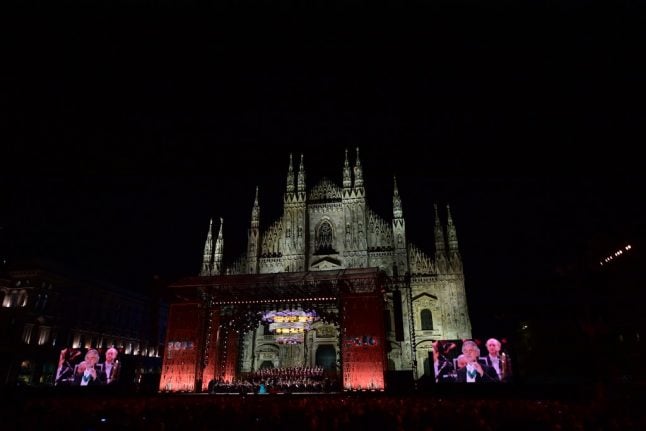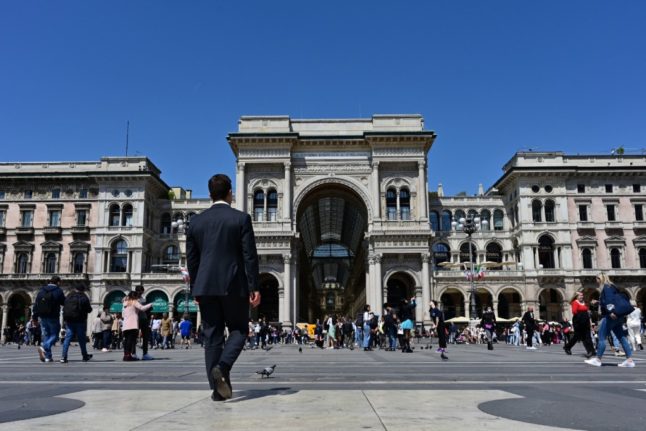
MILAN
What you need to know about the return of Italy’s summer concerts
Italy’s piazzas are preparing to host long-awaited summer concerts in the coming months, albeit with reduced audiences and social distancing measures.
Published: 29 July 2020 20:38 CEST

Illustration photo: AFP
Milan’s annual concert by La Scala’s Filarmonica orchestra, which was postponed due to the coronavirus crisis, has been rescheduled to 13 September.
The eighth edition of the “Concerto per Milano”, a free classical concert that transforms Piazza Duomo into an open air stage every summer, has been symbolically renamed “Concerto per l’Italia”.
But this year’s edition will also be very different due to the strict security measures that will be put in place. Only 2 thousand attendees (compared to 20 thousand in previous years) will be allowed to sit in the square and will have to book their ticket online. Tickets for the concert are free.
The rest will be able to watch the concert live on Rai5 at 8:30pm.
In Marsciano, Umbria, the town council is currently making sure security measures can be maintained during a reduced version of the Musica per i Borghi festival that will take on the weekend of 21 August.
“We have worked with the organisers and are implementing several changes in how the shows are managed, and in how the audience will access the concerts so that we can ensure maximum safety for everyone,” Vincenzo Antognoni, member of the municipal council, told Perugia Today.
These changes include a reduced number of shows,that will all take place in a single location of Marsciano (it usually takes place in a number of small Umbrian hill towns); as well as the absence of street food vendors. The biggest concert will be limited to 1 thousand attendees, and the rest of the shows will take place in a large pedestrianised area in the town centre, with closely monitored entry points to limit the amount of people.

“These measures will inevitably reduce the size of the audience,” said Antognoni. “However, it is important at this time marked by the pandemic and the economic crisis, for us to be able to count on cultural events like this one to help boost the region’s socio-economic development.”
Across Italy, people are required to keep a minimum distance of one metre at all times when out of the house. If that’s not possible, wearing masks is mandatory.
Face masks are a requirement in Italy inside closed spaces, such as shops and public transport, as well as in bars and restaurants except when sitting down. However, due to local legislation, rules vary slightly from one Italian region or city to another.
Url copied to clipboard!




 Please whitelist us to continue reading.
Please whitelist us to continue reading.
Member comments